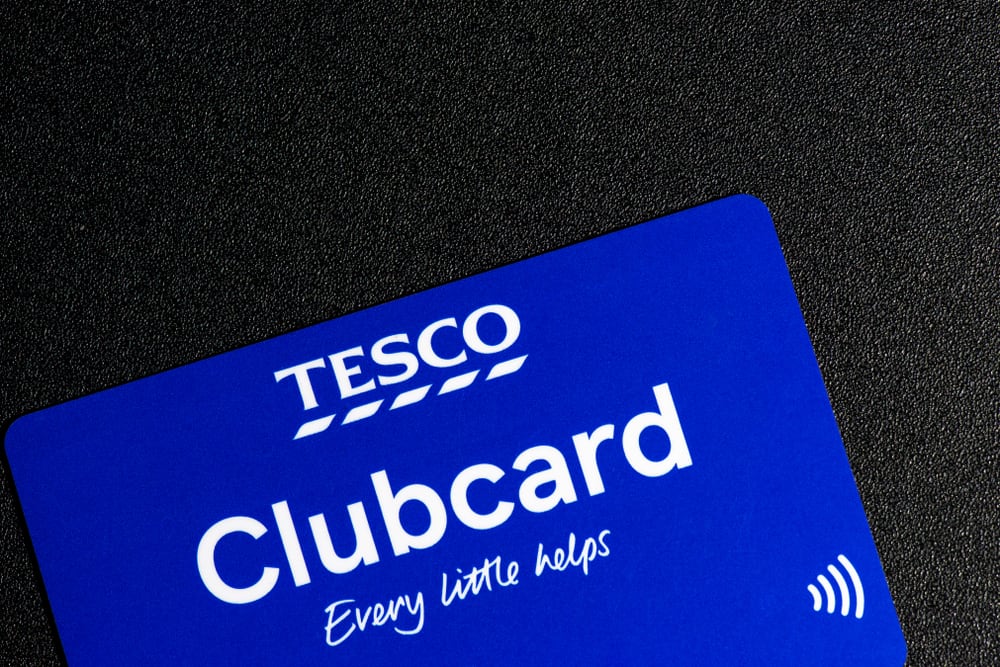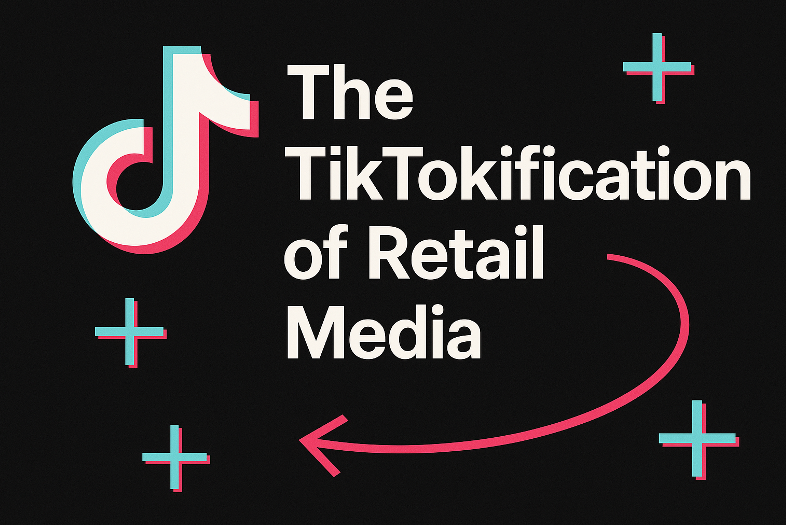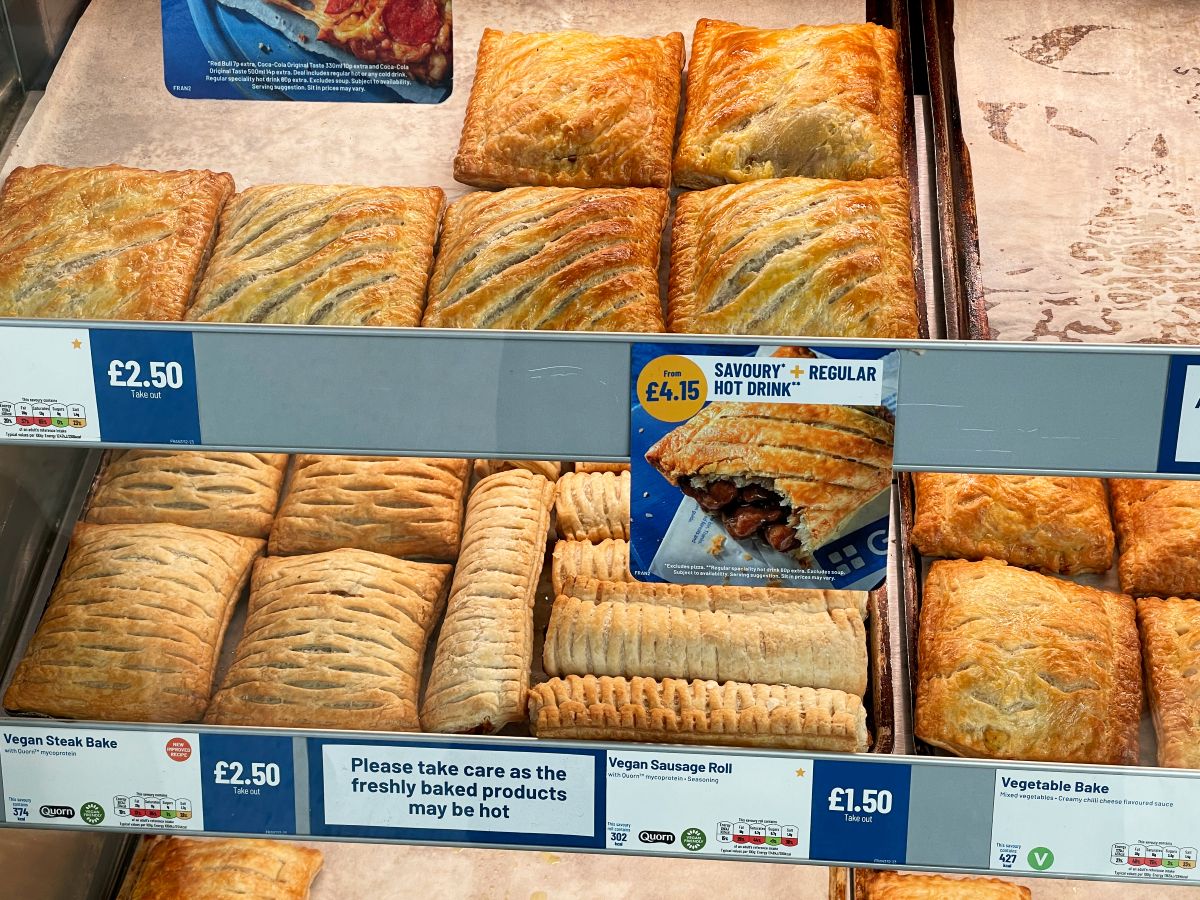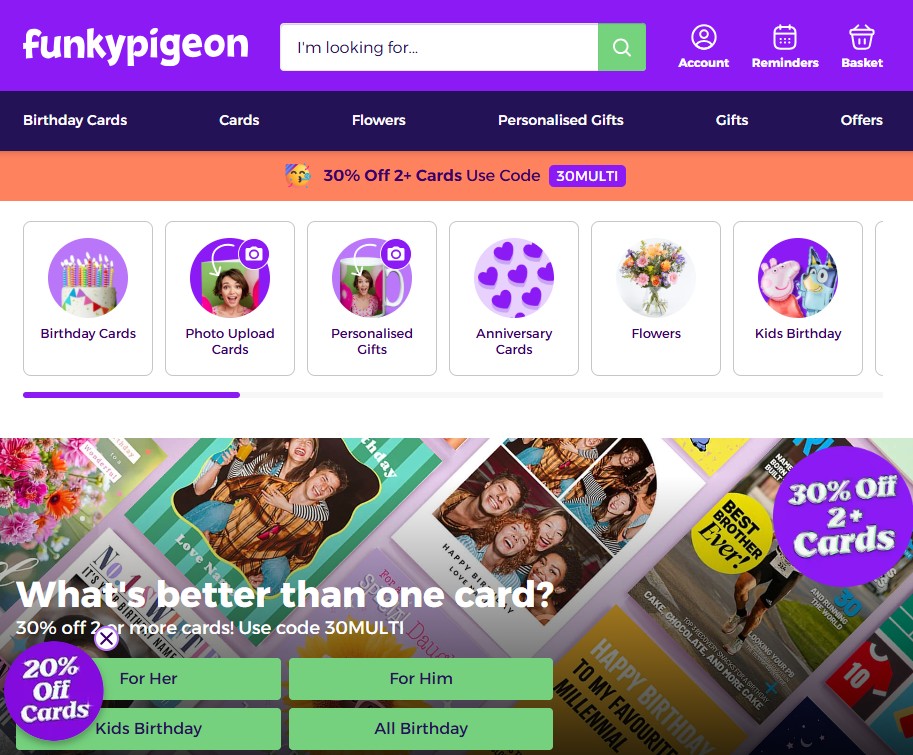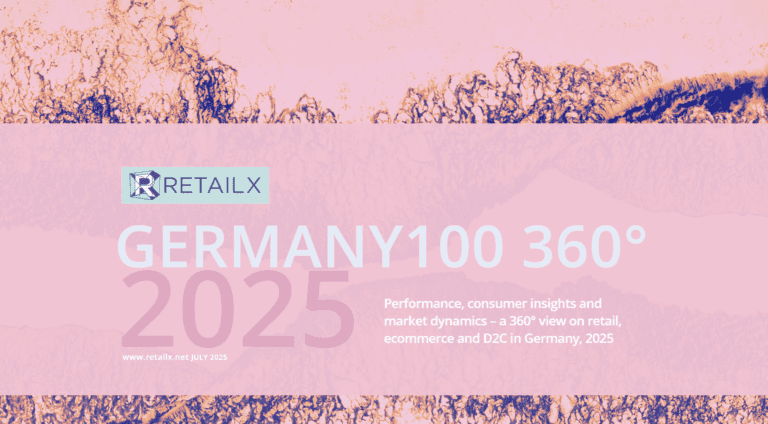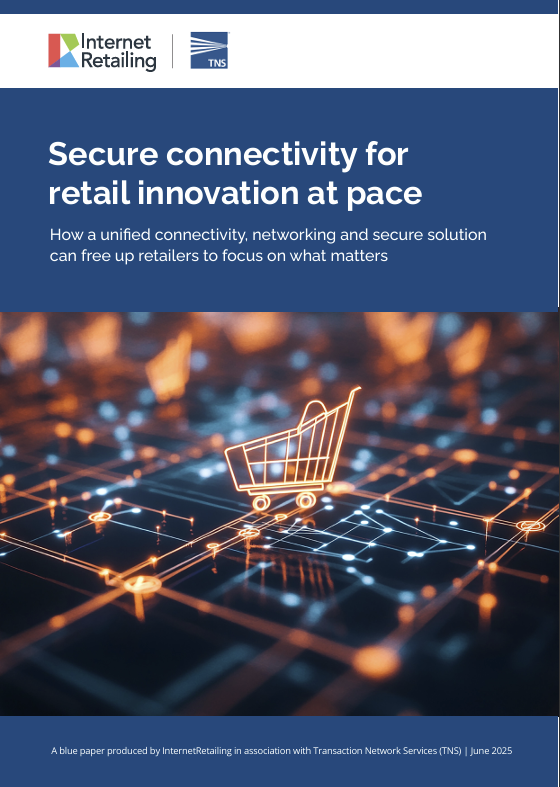As part of our yearly tradition, we step back to reflect and look forward to what the New Year will bring to the ecommerce and multichannel retailers. Here, we hear from contributors across the industry about the upcoming trends they believe will sweep the world of retail.
Flying into focus
Eval Malinger, investment director at Beringea
“Talk of drone deliveries has been rife in the retail industry since Jeff Bezos promised that Amazon would soon start to deliver its packages by drone. Since then, there have only been some minor drone trials. In 2015, it was convenience store 7-Eleven that became the first to successfully complete a Federal Aviation Administration-approved drone delivery. However, logistical issues of door-to-door delivery in densely populated areas have stalled adoption at scale. Amazon’s patent application in June this year for multi-level beehive fulfilment centres for drone landing and take-off was an attempt to tackle this problem. However, the reality is that the real impact of drones in delivery won’t be felt for some time.
“In the immediate future, we’re more likely to see retailers using drones in similar ways to the commercial real estate industry. The next decade will likely see retailers using drones to secure warehouses and store parameters with video. Site selection and construction management is another way that retailers may use drones.”
Ultra-fast delivery
Speed and convenience have been key drivers in the retail sector for years. Research shows that 72 percent of consumers would spend more if they could be sure of same-day delivery, while figures indicate the UK high street missed out on almost £5 billion in sales mainly due to not having a same-day delivery option. But distribution is about to be super-charged, with Amazon already talking about 30-minute drone delivery as the capabilities of drones improve day-by-day.
Advancements in autonomous piloting, ‘sense and aware’ technologies and increased battery life mean that delivery drones show promise to be the next disruptive technology within the retail supply chain. In fact, the market is projected to reach £4.19 billion by 2020. Businesses would do well to start investigating strategies now to see if they would fit their business model. Whether to speed up retail deliveries or bring key parts and equipment to heavy industry projects, drones have the potential to enhance process efficiency and reduce costs.
New packaging trends will take over 2018
Benjamin Punchard, global packaging insights director at Mintel
“Our packaging trends for 2018 reflect the most current and forward-looking consumer attitudes, actions, and purchasing behaviours in both global and local markets. Such trends as those we see emerging in e-commerce packaging have stories that are just now being written. Others, such as the attack on plastics, are well into their third or even fourth chapters, but with no clear ending in sight. It is those backstories and future-forward implications that position Mintel’s 2018 Packaging Trends as essential to a retailer, brand, and package converter strategies during the coming year and beyond.”
Packaged Planet
The throwaway culture of today will evolve into one that understands and embraces the role of packaging as a primary means to reduce global food and product waste.
Consumers have long considered packaging as often unnecessary, and ultimately as just waste to be disposed of. But that misconception is now changing. A focus on package innovations that extend food freshness, preserve ingredient fortification and ensure safe delivery is increasingly benefiting consumers. Brands will need to act fast by exploiting on-pack communication tools to educate consumers to the benefits packaging can bring, from extending shelf life of food to providing efficient and safe access to essential products in developed and underserved regions of the world.
rEpackage
As more and more consumers embrace online shopping, packaging will play a pivotal role in brands’ and consumers’ e-commerce experiences.
Online shopping is becoming increasingly widespread around the globe and is near ubiquitous in some markets. However, while online shopping’s key advantage is a convenience, consumers expect more from their favoured brands. When designing packaging to be viewed online, and transit packaging to be opened upon delivery in the home, the experience of e-commerce packaging must reflect consumer expectations from shopping with that brand in-store.
Clean Label 2.0
Aiming for packaging designs that enlighten consumers’ purchase decisions, brands will reject approaches that offer too much or too little as they can leave shoppers more confused than informed.
Today’s consumers are more informed than ever; however, brands are in real danger of being rejected if consumers feel overloaded with information, leading to the questioning of provenance, authenticity, and transparency. The ‘essentialist’ design principle bridges the divide between not enough and just enough of what’s essential for consumers to make an enlightened and confident purchasing decision. Brands must bring the next generation of clean label to packaging design to provide a moment of calm and clarity for shoppers in an increasingly hectic retail environment.
Sea Change
Plastic packaging adrift in the world’s oceans will become the catalyst driving brands to rethink packaging in a context consumers can understand and act upon.
Concerns over safe packaging disposal will increasingly colour consumers’ perceptions of different packaging types, and impact shopper purchase decisions. Only by communicating that a brand is working towards a solution will this growing barrier to purchase be overcome. While collecting waste plastic from the sea to recycle into new packaging can raise consumer awareness, it won’t solve the problem. In order to keep plastic out of the sea, a renewed effort towards the circular economy is needed to keep packaging material in use.
rEnavigate
Brands will look to contemporary packaging formats to help reinvigorate the centre-of-store aisles less visited by younger consumers.
Young shoppers are increasingly ‘shopping the periphery’, visiting the fresh and chilled aisles around the store perimeter and turning their backs on processed, ambient, and frozen offerings in the centre of the store. The use of transparent materials, contemporary design, recyclability, or unique shapes can help draw in younger consumers to the store centre, making it as appealing as the burgeoning perimeter to younger consumers.
Next day delivery as standard
Derek O’Carroll, CEO of retail management platform Brightpearl on a trend he believes will not come to pass.
Speed, convenience and accuracy are now the core qualities that define a top shopping experience. Customers increasingly value the ability to buy quickly and easily and are getting less and less patient when it comes to waiting – for orders to be delivered, for new goods to show up in stores and for great deals. Fast and free delivery is becoming the new standard for shoppers, however, many retailers do not have the right systems in place to meet this expectation of instant gratification, and that isn’t likely to change in the short-term, despite the necessity. Those retailers who do step up though and give serious thought to retooling how they invest and operate their supply chain are most likely to remain competitive as we head into the New Year.
Photo credit: kathayut (Fotolia)
